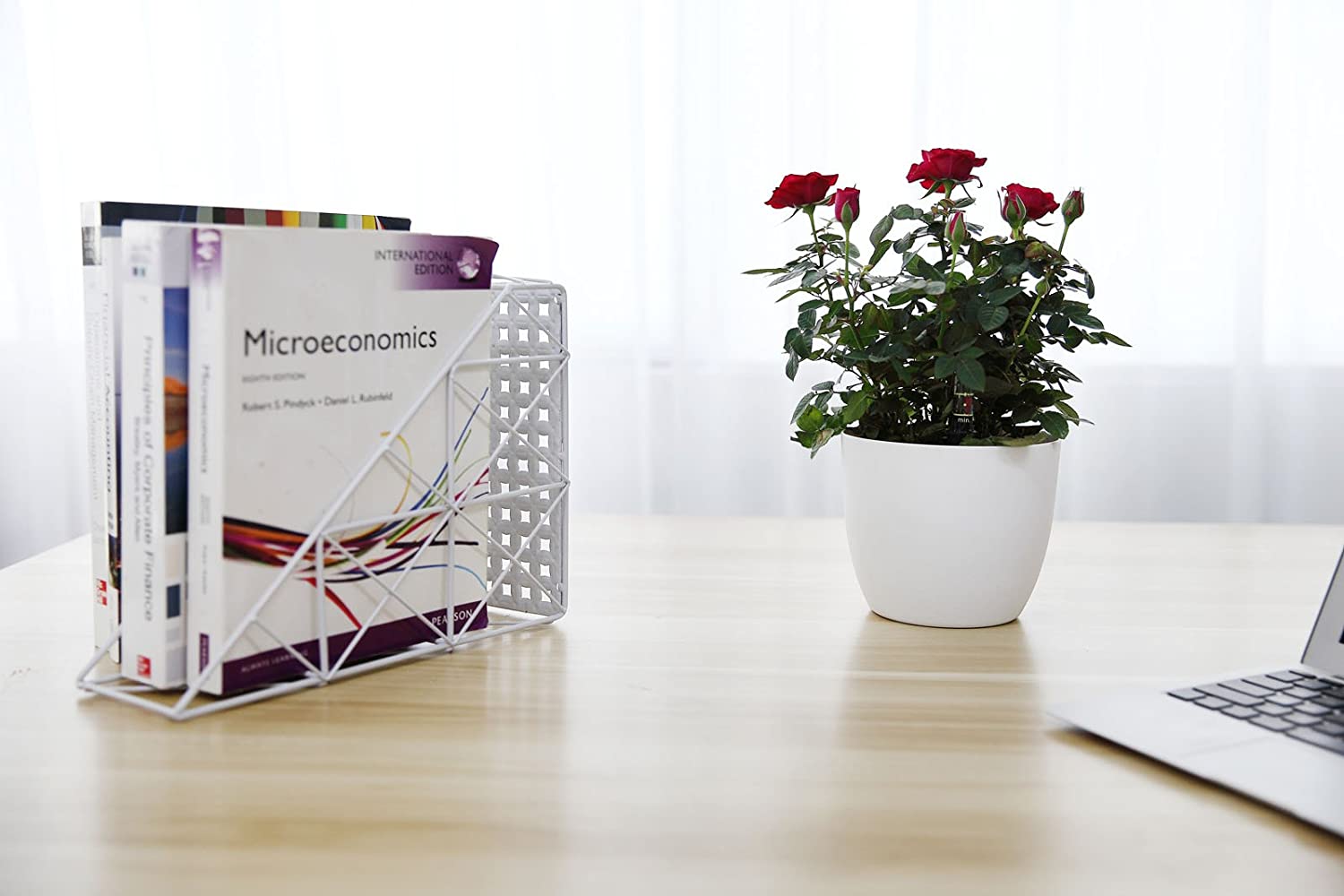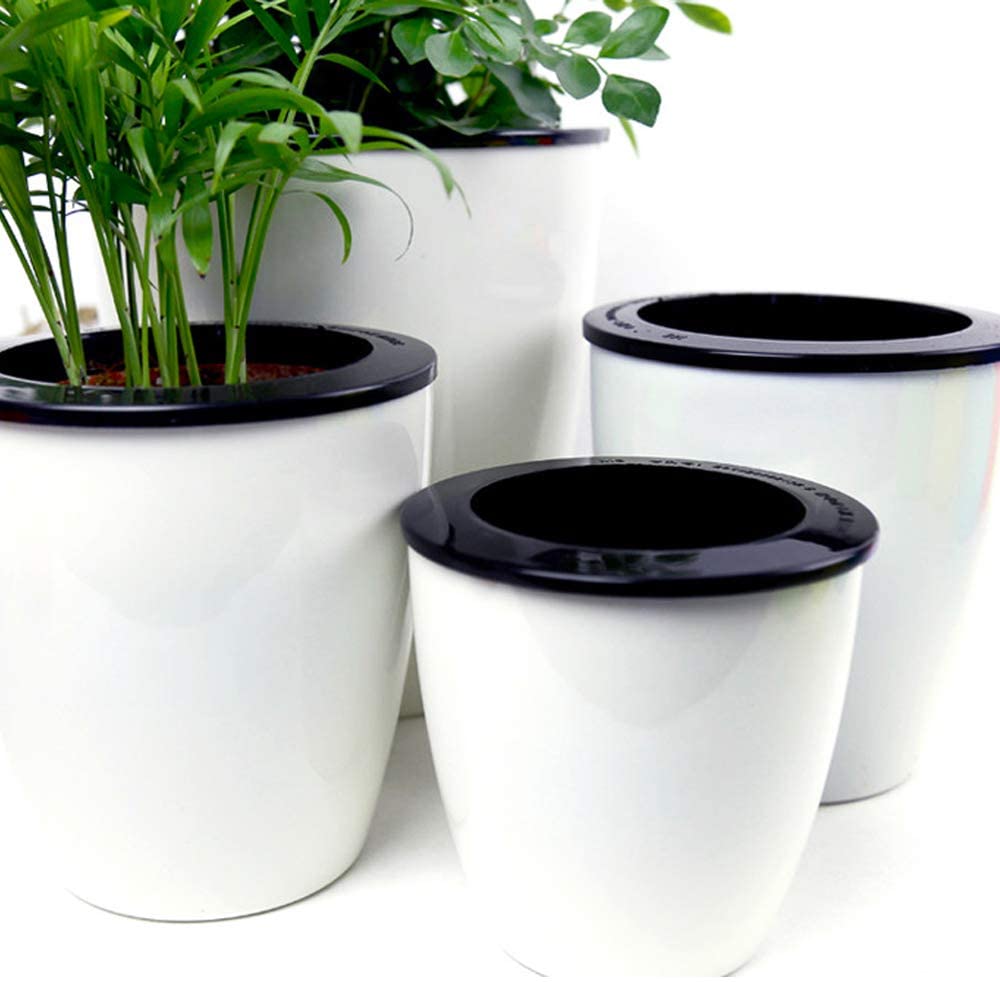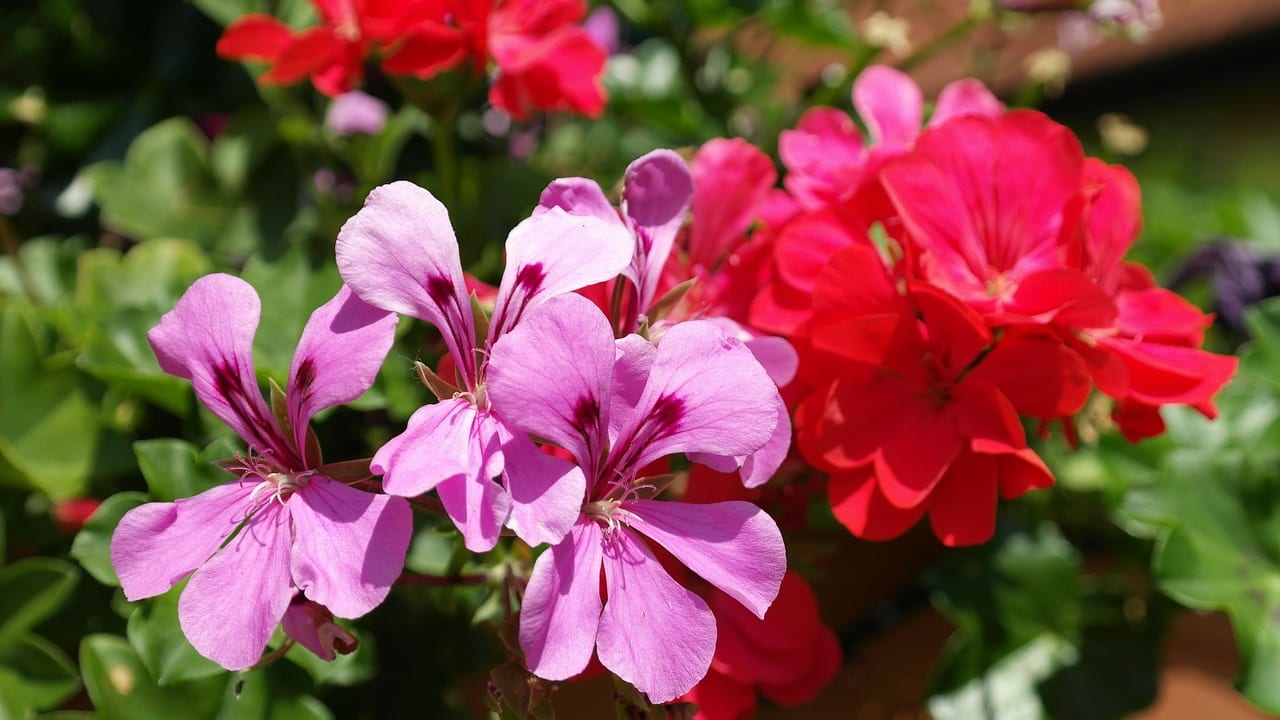
In recent times, and due to our lifestyle, new systems or methods have been emerging to keep our plants cared for in our absence. Some of them are the homemade ones, which you can see in this article: with a simple plastic bottle the roots will have enough water for a few days. But If we are looking for something more elegant, we will undoubtedly opt for self-watering pots.
These containers, used correctly, can be of great help to us, but if we do not choose the species well, then it will be an unnecessary waste of money. Let's see what they are and what type of plant can live well on them.
What are self-watering pots?

If you are a person who travels a lot or has little time to take care of plants, a self-watering or self-watering pot can be very helpful. These are containers closed at one end, which include a system thanks to which the plants stay hydrated.
They are made up of two containers: the external one is the one that fulfills the decorative function, while the internal one is where the irrigation system is located. The parts of this are:
- Water level indicator: it is important to add the amount indicated so that the pots fulfill their function well.
- Irrigation pipe: for him is where we will pour the water. It is highly recommended that it be rain, or without lime, since otherwise said tube would end up with traces of lime and it could even accumulate so much inside that the pot would cease to be useful.
- Rack: keeps the root ball, and therefore the substrate, a little separated from the water. Some models do not have.
- Absorption tubes or cotton strip: they are those that absorb water, and in turn, this moisture will be absorbed by the roots.
- Float: it is a piece that keeps the absorption tubes a little apart from the water reservoir.
- Water reserve: as its name suggests, it is the amount of water that remains inside the self-watering pot and that has not yet been absorbed.
How do self-watering pots work?
Self-watering pots they work through a watertight tank that is connected to absorption tubes, which is from where the roots absorb the precious liquid.
The mode of use is very simple. You just have to fill the absorption tubes with suitable substrate for each plant, leaving space for the root ball or soil loaf from the roots, introduce the plant and finish filling the pot. Finally, it will be necessary to fill the water reserve through the irrigation tube, without exceeding the maximum level.
What types of plants can be planted?

Although you have surely heard and / or read that any type of plant can be had in these pots, the reality is different. If we put for example a cactus in a self-watering pot, it will most likely die in a few days. The so-called "indoor" plants, succulents and trees, will not be able to live well in these pots either. Why? Because they can't tolerate having your "feet" constantly wet, which is how they would be in these pots.
Taking this into account, I only recommend self-watering pots if you want to plant riverside plants or plants that need frequent watering, like rose bushes, geraniums and all those flower species that can be used to decorate balconies, reeds, papyri, etc.
Where to buy self-watering pots?
If you want to have a quality self-watering pot at a great price, we definitely recommend this one:
It has a diameter of 18 centimeters, with which you can plant rose bushes and other flowering plants, as well as of course some small / medium aquatic plants, such as the water lily. Besides, it's pretty.
I hope it has been useful to you and you liked what you have read about self-watering pots.

I loved your page ... a hug Monica Q.
We are glad that you liked the blog 🙂
What material are the wicks that absorb water and how long are they in relation to the height of the pot?
I am thinking of using self-watering pots for a hydrangea and a hibiscus. I would like to know if these plants would adapt well to this type of pots. Thanks a lot.
Hi Javier.
The hydrangea itself is very likely to adapt, since it wants a lot of water especially in summer, but the hibiscus can have a hard time.
You can do tests with very young and inexpensive plants that you can find in online stores such as Plantascorunna.es (I do not take a commission).
A greeting.
Hello, I bought one without knowing to transplant my succulents, but now when I read your article, I will return it because at first I was not so sure and now I confirm it. Thank you very much so it is good to know that these self-watering pots are not suitable for them
Hi Anahi.
These types of pots are very beautiful, but very impractical 🙂
I'm glad the article helped you.
A greeting.